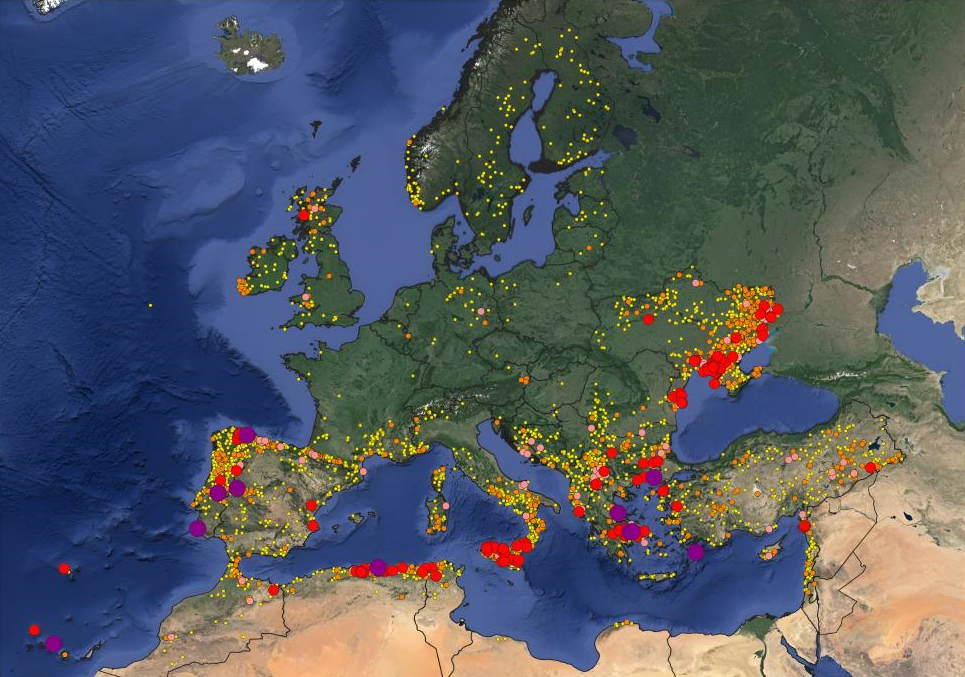Europe finds itself grappling with an escalating wildfire crisis, exacerbated by the effects of climate change. The release of two crucial reports provides clear insights into the severity of the situation and underscores the urgent need for coordinated action.
The 2023 Advance report on Forest Fires in Europe, Middle East and North Africa was released last week. While it sheds light on the evolving wildfire landscape across these areas, facilitating access to information on the last year’s fire campaign, a full version will be published only later this year, including specific chapters provided by the wildfire administrations in the 40 countries of the EFFIS network. For now, notable points from the report include:
The significant concentration of wildfires in Mediterranean countries: while previous wildfire seasons spread across Europe, Middle East and Mediterranean countries, the past season focused on the Mediterranean countries, in particular Greece, Spain and Italy.
Early onset of wildfire activity, with peaks observed as early as March: only at the end of that month, over 100,000 hectares had been already burnt. This stands in line with the trend of the recent previous years.
A decrease in the total burnt area compared to the previous year, yet still significant, with over half a million hectares affected: fires in 2023 were mapped in 24 of the EU27 countries. Substantially, that is everywhere except Luxembourg, Malta and Slovakia.
Alarmingly, 40% of the burnt areas occurred in Natura2000 protected areas, highlighting the vulnerability of ecologically sensitive regions.

All in all, 2023 demonstrated the increased effect of high temperatures and critical fire danger conditions in the EU, leading to unprecedented wildfire events, as already discussed in this article. Fire danger conditions have been highlighted by another recently released document, the EEA’s Climate Risk Assessment. This report identified wildfire risk among the 36 climate risks bearing potentially severe consequences across Europe and delineated priorities for EU policy action. Among the key highlights:
Forest droughts, windthrows, and the proliferation of pests and diseases magnified by climate change are amplifying the risk of wildfires. Southern Europe, in particular, faces the brunt of this crisis, with critical risks already looming large.
Europe’s forests can play a pivotal role in mitigation actions: only in 2021, an estimated 281 million tonnes of CO2 equivalent (Mt CO2e) were reportedly removed from the atmosphere across the EU. Yet, the report highlighted a remarkable decline in forest carbon sinks in the last 10 years. In some cases, forest areas even turned into sources of CO2 as a consequence of aggravated forest disturbances, including major wildfires.
Concerted action is imperative and immediate measures must be implemented to bolster forest resilience, enhance firefighting capabilities, and mitigate the socio-economic impacts of wildfires. In line with what FIRE-RES advocates for, this necessitates a multifaceted approach, encompassing policy reforms, investment in innovative technologies, and community engagement.
The current array of EU-level policies is not advancing adequately to address the wildfire risk, as well as the other climate risks. Following EUCRA’s initial evaluation of policy preparedness at the EU level across the most significant climate risks, EU policies lack specificity to guarantee resilience against the escalating levels of risk. Urgent measures are required to strengthen policy actions or implementations, especially in mitigating climate risks such as wildfires.